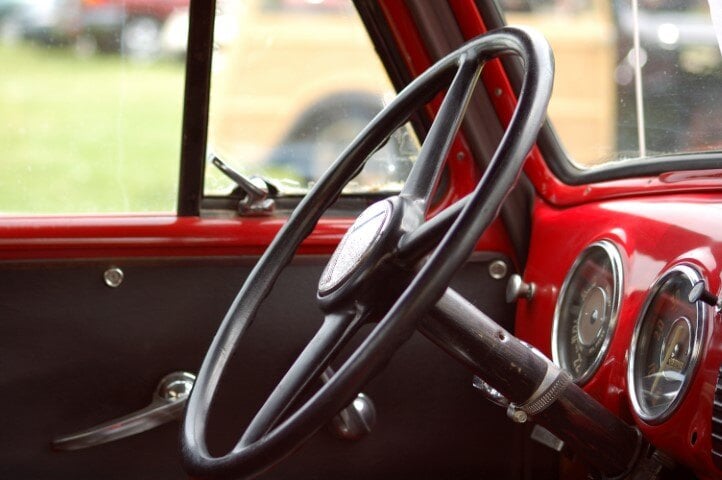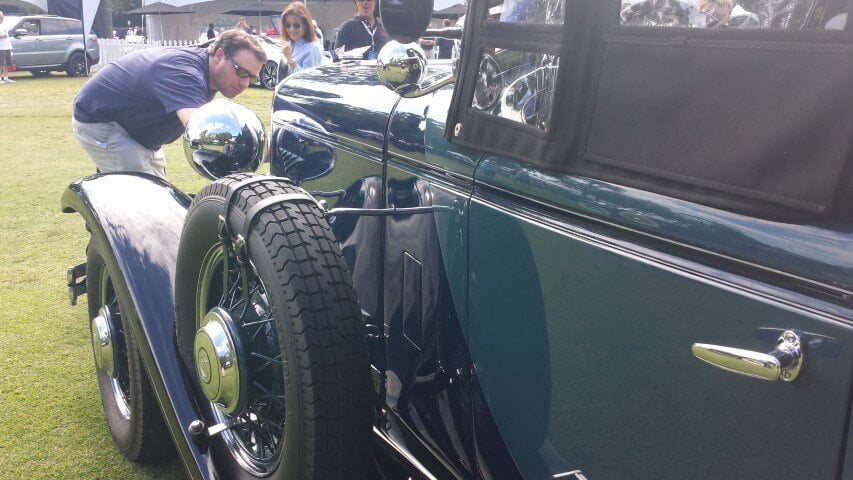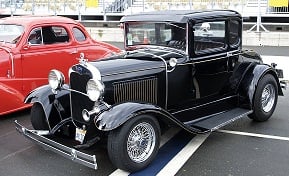Fuel Problems Most Classic Car Owners Face
Classic car owners love their vintage cars. Most owners know their engines inside and out - fuel tank, fuel line, carburetor, spark plugs, ignition.

The immediate effect that ethanol gasoline is going to have is fuel filter plugging because of
ethanol’s solvency.
In this case, we’re talking about the cleaning action of ethanol kicking up the decades of dirt inside the engine & fuel system. So you’ll probably have to change the filter.

Now we get to the meat of the issue. If you’re at the point where you have little choice but to
use E10/E15 in your classic car, here are some recommendations on steps you should take to protect your investment while still maximizing your driving enjoyment on ethanol fuel.
That’s an immediate concern for classic vehicles. So is the fuel's effects on certain parts made out of leather or plastic. A classic car owner should be very concerned about ethanol’s effects on these parts over time. The simple solution here is to do some part exchanges for more modern parts that are ethanol compatible. This is highly recommended to do as a proactive measure for classic car owners.
Ethanol fuels are well known to dissolve and eat through fiberglass. Marinas in the Northeast found this out very early on.
Some recommendations are to add a second fuel filter between the tank and the fuel pump to protect it from loose debris that ethanol may have kicked up.
Classic car owners love their vintage cars. Most owners know their engines inside and out - fuel tank, fuel line, carburetor, spark plugs, ignition.

If you loved one machine, it would be your classic car. Unfortunately, running vintage cars on contemporary gasoline containing ethanol can create...

We know that many of our readers are classic or antique car owners, or simply interested in extending the life of their cars, so we wanted to share...